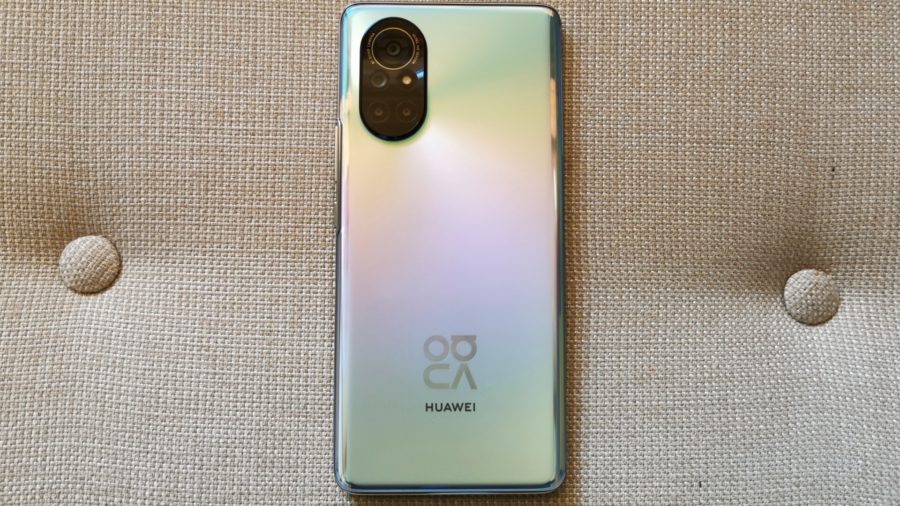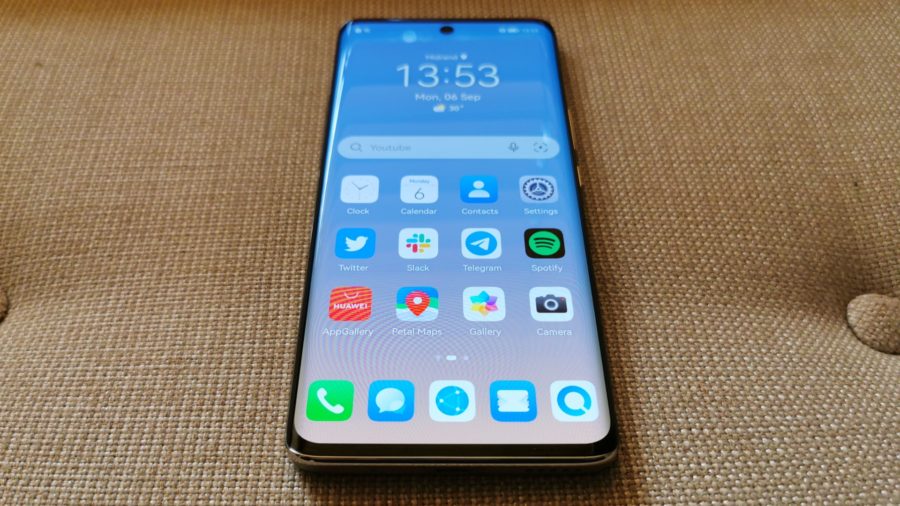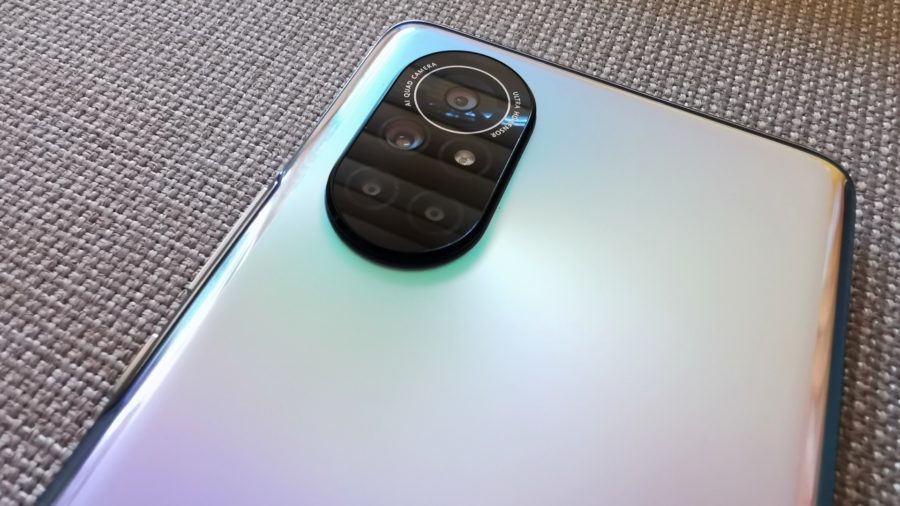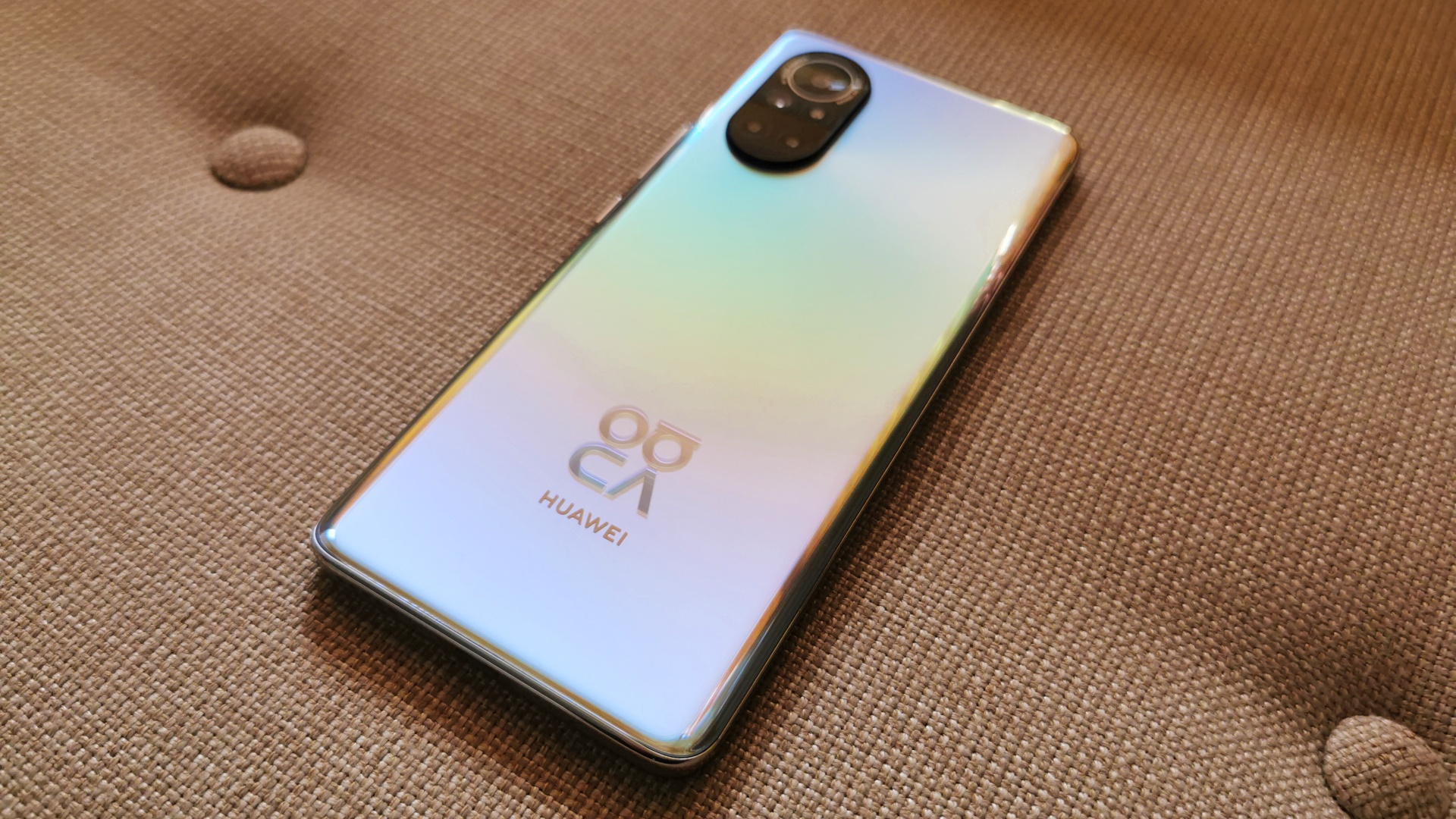For the past couple of weeks we have been reviewing the Huawei Nova 8. It is the latest from the Chinese company’s smartphone division to land locally and like several other devices we have reviewed in 2021, shows that the mid-range space is as exciting as ever.
Phones in this segment are delivering better value for money than ever before, with the Oppo Reno5 5G and Xiaomi’s Redmi Note 10 Pro being two notable standouts from the past few months.
As such, the Huawei Nova 8 has its work cut out for it, having to compete against some aggressively priced and well specced phones. That, however, is only one front on which Huawei has to fight.
The other, and perhaps more important, is software.
The Nova 8, like many of the devices that Huawei has launched this year, is running sans fully fledged support for the Google ecosystem, with some nifty workarounds needed to deliver the Android experience we’ve come to know from the company in years gone by.
To set the record straight, buying a new Huawei phone right now is a gamble, based on the current software experience. It is by no means a poor experience, it simply is not what we’ve been used to.
For newcomers then, the Huawei hardware ecosystem requires a longer gestation period before it is capable of competing with Android and iOS.
Is its worth gambling on right now? Read on as we unpack what the past two weeks with the phone has yielded.

A real looker
We have commented on this a number of times before, but Huawei has learned how to make a really attractive phone in recent years. Where the company once specialised in devices that looked a lot like the ones out of the Apple foundry, now you can tell a Huawei phone without having to look at the badge.
The same applies here, and the Nova 8 is comparable to the the more recent flagship phones that Huawei has produced.
To that end, the device is extremely slim and lightweight despite housing a sumptuous 6.57″ OLED panel up front. It yields a highly satisfactory FullHD+ resolution (2340×1080). with a central punch hole that plays host to a 32MP selfie camera.
By all indications then, this is a premium mid-range device that can easily be mistaken for being a fully fledged flagship option.
We’re also fans of the Blush Gold colourway that changes depending on how the light hits it. Where Huawei once set the trends in terms of colour options, this particular flavour feels like a welcome return to form.
All in all then, the Huawei Nova 8 looks the business and the generic silicon clear cover included in the box ensures the stylings of this device are not impeded in any way.

Willing vs. Able
Now that we have waxed lyrical about the design of the Nova 8, and rightly so, let’s touch on the more divisive elements – software. Here EMUI 12.0 is running and while we have encountered EMUI in the past, on the Nova 8 is feels like a different prospect.
There is certainly some fine tuning that is needed on this front, with the UI being a tad invasive at times in terms of wanting to share content with you, personalise experiences and share data.
While it can be jarring at first, it must be said that iOS is not too dissimilar as far as pinging its users.
Hopefully these experiences will be refined over time, but for right now, they could very well turn some people off entirely.
While we came quite close to that, we soldiered on, exploring what HMS and the AppGallery have to offer. Here things feel mixed, with apps fully supported by the ecosystem being responsive and easy.
Trying to access apps not found in the AppGallery can be complicated, however, with APKs discoverable via the Petal Search function finding workarounds, but with a couple of caveats. These include disclaimers should you download anything you should not, along with having to run malware checks on APKs before downloading.
It is not a seamless experience despite Huawei’s best efforts and therefore is not for every kind of smartphone.
As tech journalists we can navigate these tricky elements, but whether the general consumer is able to, or better yet, willing to, remains to be seen.
It is therefore something you have to consider before buying, especially if you are new to the ecosystem.

Flagship levels
One area that is without fuss is the camera array. On the rear Huawei has opted for a quarter of lenses. The primary option is a 64MP lens that yields highly detailed images that capture enough info to make post-shot editing easy when needed.
In general, though, it really isn’t, with the Nova 8’s AI camera system adjusting settings fairly seamlessly to yield great pictures in a variety of environments. The lowlight could use some work, but that is to be expected in this price bracket.
Accompanying the main camera is a 8MP ultra-wide, 2MP depth sensing and 2MP macro lenses. These also kick in based on what is in focus and adjusts nicely when needed.
The images we have been snapping are certainly comparable to some of the recent Huawei flagship phones we have reviewed and as such, should leave you quite pleased with the outcomes.
The same goes for the overall performance, with apps loading quickly and multitasking a breeze.
Powering things is a hexa-core Kirin 820E processor, with a generous 8GB RAM and 128GB storage. While benchmarking it pipped the Reno5 5G in the multi-core test for GeekBench at 1 929, should you care about such things.
In general, it never showed signs of sluggishness during our time with it, which bodes well.
Final verdict
At R10 999 (RRP), the Huawei Nova 8 is right up there with the aforementioned Reno5 5G and Redmi Note 10 Pro in terms of serving up great value for money.
Had it not been for the compromises that users would have to make in terms of the software, it would have been a flip of the coin to decide which is best as the hardware margins are so fine.
The problem is that people don’t want to make compromises, especially when it comes to the saturated mid-range and therefore the Nova 8 comes with a disclaimer.
Is it worth gambling on? Yes, but given the wealth of options currently available, there is no need to.







